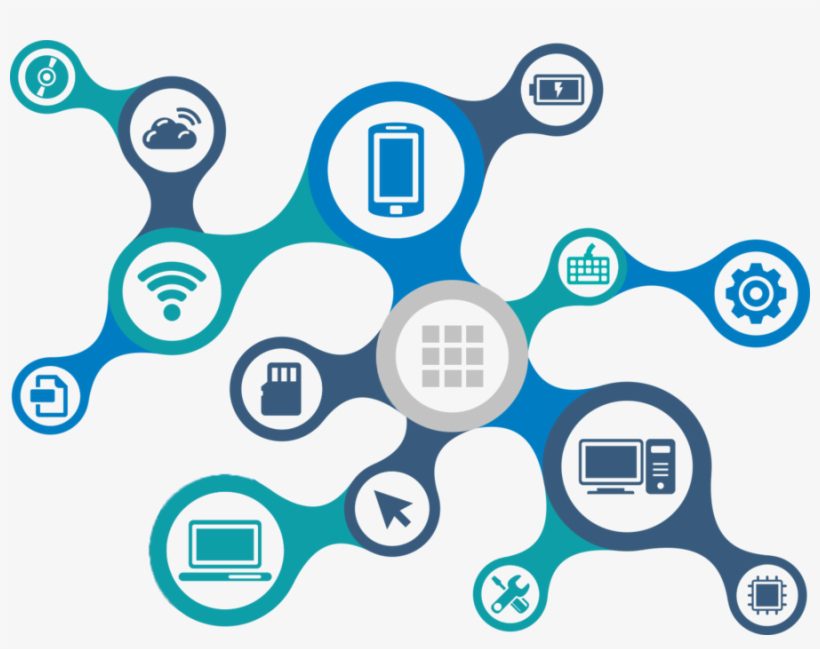
Myth #1: Robots will take away our jobs in the future.
From dexterous car assembly machines to digital personal assistants, electronic counterparts have disrupted our understanding of work. Yet, there are several factors that are important to remember when considering an “iRobot” future.
First, the direct and immediate impact of automation is more frequently emphasized than the indirect and lasting one. It is normal for industries to shift and change over time. The displacement of large swaths of workers has been a phenomenon since the industrial revolution. If history is our teacher, these fears provide justified reactions towards short run events but rarely depict long run setbacks. It is important to remember that changing industries are normal. Government and local support should focus on the ability be provide short term safety nets as industries continue to shift.
Secondly, automation does not always mean replacement. A variety of jobs have shown that the introduction of new technology has led to an increase in employment and caused workers to become more efficient. Electronic capabilities often enable employees to drop their routine and manual tasks for assignments that are dynamic and cognitively demanding. In this realm, it is also pertinent to emphasize the importance of a firm’s role during technology integration. Legislation should acknowledge the responsibility a company has to protecting the right of its workers, especially as new forms like gig work become more widely used.
There is no doubt that today’s industries are subject to tomorrow’s disruptions. On top of acknowledging natural market fluctuation and accounting for changing tasks, one of the best ways to combat fear in technology is to provide continual training and support. As markets shift, it’s important to emphasize life-long learning and the ability to transition to other careers. Robots may take over some jobs in the future but it is unlikely that there will be a demand for them in all industries. The best way to mitigate the negative impacts of robots is to ensure support, protection, and education for the work force.
Myth #2: Artificial intelligence is smarter than humans.
Yes … and no. Artificial intelligence (AI) is defined as the ability of a computer or computer-controlled robot to perform tasks commonly associated with intelligent beings. AI’s power comes from its capability to store large amounts of information and perform a gamut of calculations in an extremely short interval. It is fair to say that artificial intelligence provides interpretable mathematical conclusions that one person could not compute in their given life time. But it is also important to remember that all these processes have been created by humans. The output of AI is a culmination of human efforts that enables an inanimate object to mirror our thought process. These technological objects have proven to be extremely skilled in understanding our purchasing preferences and surfing habits but it is unlikely that they will ever be able to perform enough calculations to display emotional intelligence or independent thought.
Myth #3: Internationalization is always bad for some countries and always good for others.
There is quite a lot of nuance that goes into answering this question. It’s important to note that the global economy is constantly adapting and changing. As technology lowers transportation, communication, and verification costs, it is undeniable that our world is becoming more international. We have yet to experience all the effects of this global trade but there has been a gamut of research on the short run impacts within communities. In their groundbreaking paper, “The China Syndrome,” David Autor and coauthors find that rising imports from China increase unemployment, lower labor force participation, and lower wages in local US labor markets. Other papers have complimented this research by analyzing the impact of Chinese imports in EU countries. They find that for smaller and import-based economies, the impact is often less extreme. The sum of this researcher can be seen as advice to policy makers to acknowledge the inevitability of globalization and account for its possible impacts when creating labor legislation. It is fair to say that internationalization is an unpreventable shock that often ripples throughout society and it is paramount that we treat it as such.
Myth #4: All jobs in the future will deal with computer programming.
There are many predictions about what will be the most sought after job of tomorrow. Computer science and electrical engineering have proven to be lucrative careers in the age of technology. Companies like Google and Amazon shell out large sums of money for their top tech employees, showcasing the high demand for these professionals. While most experts suggest that secondary schools offer children some level of computer education, it is unlikely that the majority of the workforce will ever need to pursue a major in coding. Careers like those in the fine arts, health care, and human services often require skills that are hard to replace by computers. Instead of emphasizing a specific major or singular job, it is more important to focus on the importance of continual learning and adaptability. The writers, caregivers, and mechanics of the future may face some challenges as their industries adapt to new technology but it is unlikely that careers related to these professions will disappear completely. The best traits future employees can posses are resiliency and willingness to pivot a skillset to new environments.
Works Cited
Acemoglu, D. (2005). Equilibrium Bias of Technology. Econometrica. https://doi.org/10.3386/w11845